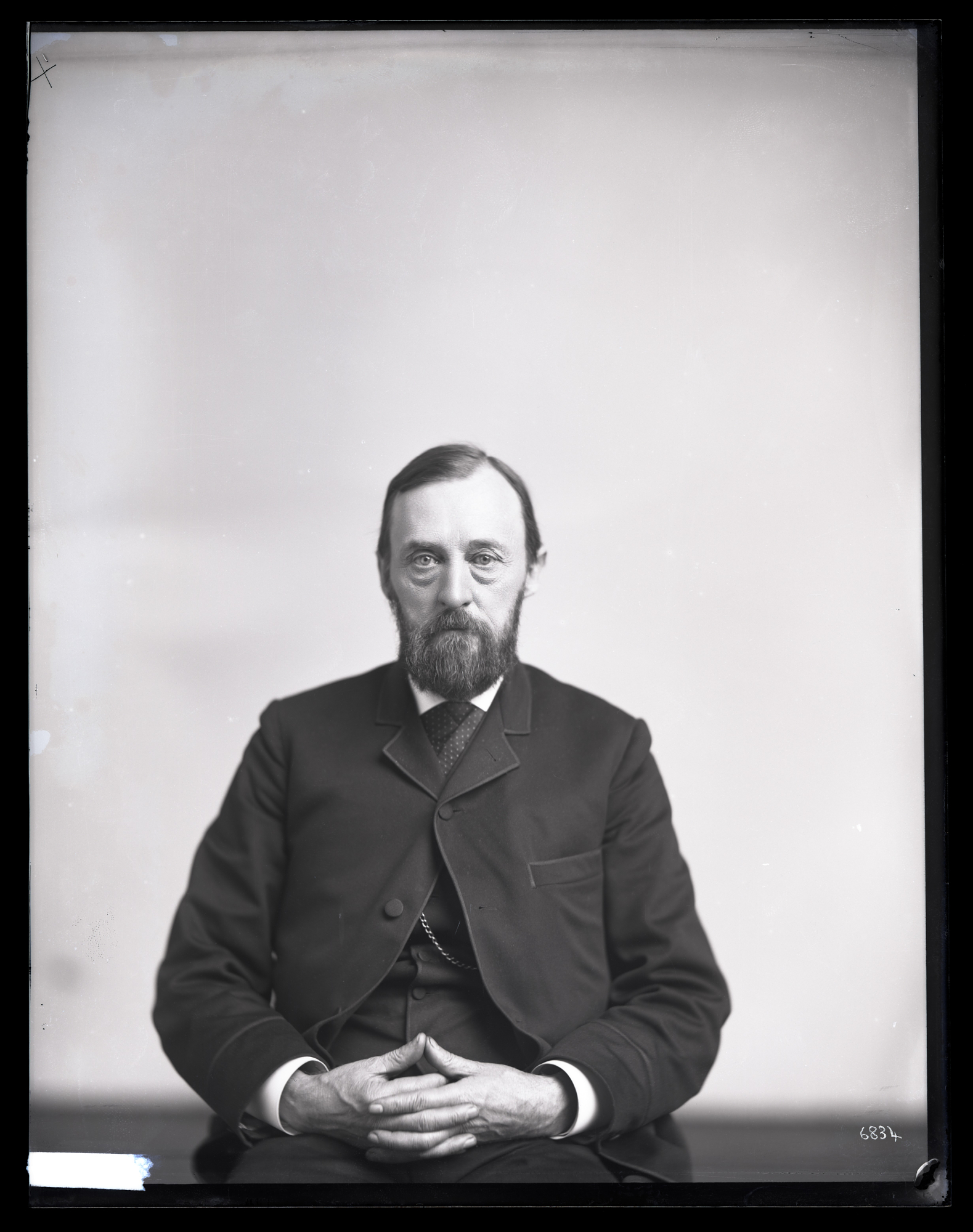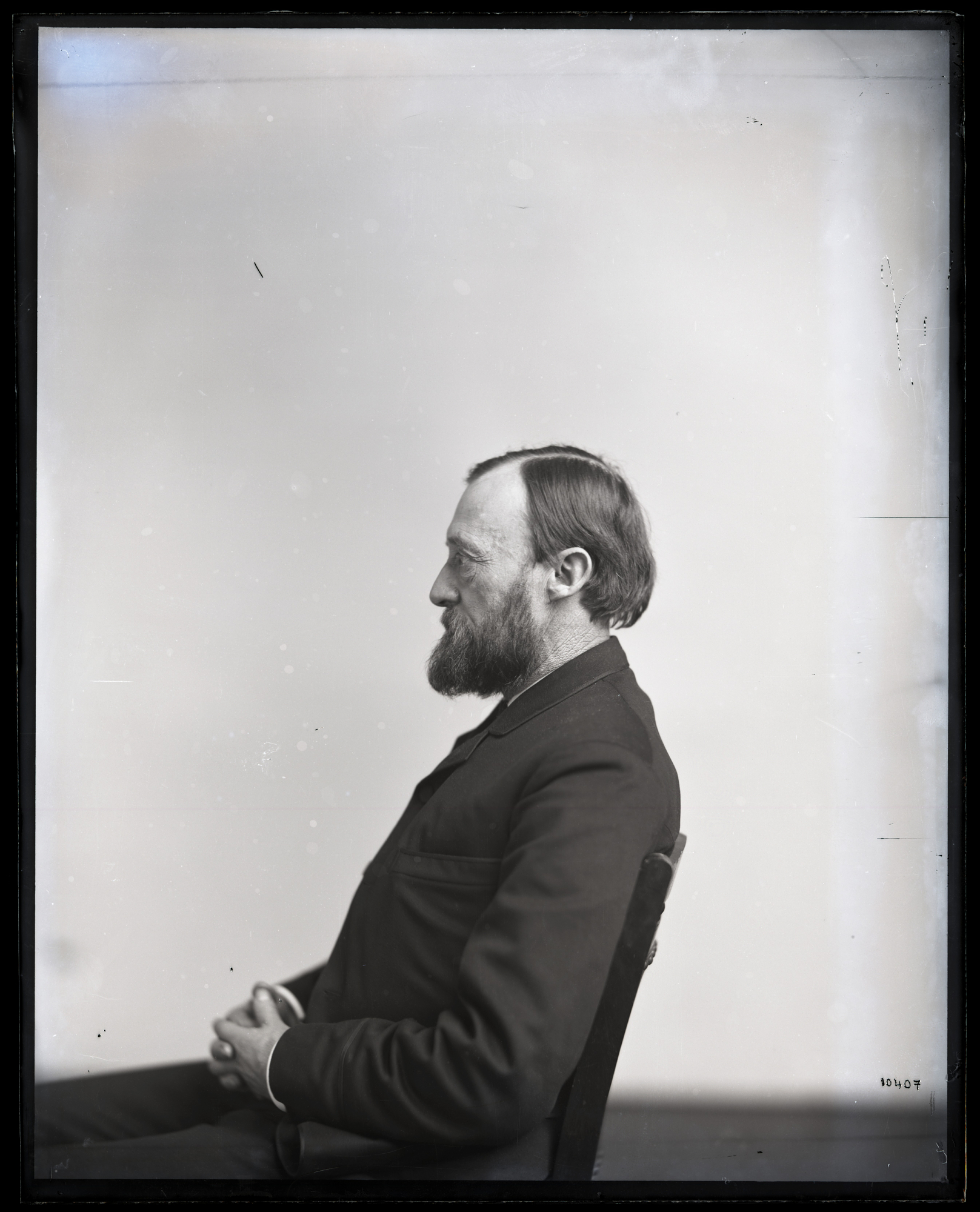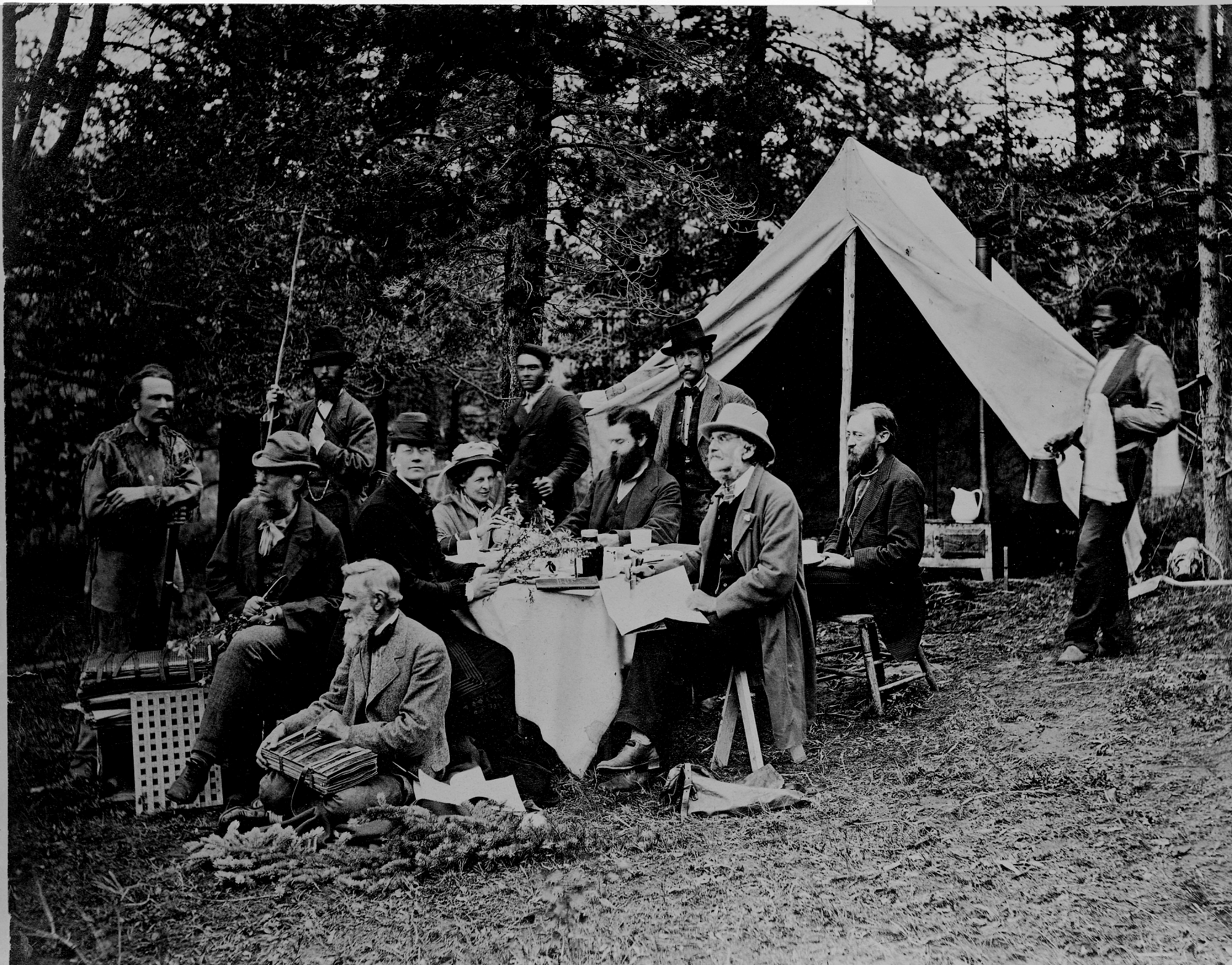Ferdinand Vandeveer Hayden
![Portrait of Ferdinand Vandeveer Hayden (1829-1887), Circa 1860s, Smithsonian Institution Archives, SIA RU000095 [SIA_000095_B27B_070]. Portrait of Ferdinand Vandeveer Hayden (1829-1887)](https://ids.si.edu/ids/iiif/SIA-SIA_000095_B27B_070/full/250,/0/default.jpg)
Hayden’s biggest accomplishment was his explorations of the American West, specifically that of Yellowstone National Park. Between the Warren Expedition of Topographical Engineers, 1856-1857, and Washburn-Doane Expedition of the Upper Yellowstone, 1870, Hayden made Yellowstone known to the public, and earned credit for it becoming the first national park of the United States.
Before Hayden began his studies as a geologist, he attended Oberlin College and entered its Theological Department in 1850. A year later, he moved to Cleveland to study medicine and natural history with J. P. Kirkland and J.S. Newberry. The beginning of 1853 marked Hayden’s first work as a naturalist when he paired up with another Megatherium Club member, Fielding B. Meek, and took a field trip up the Missouri River to the Dakota Badlands. After working in the field together for some time, the two published writings, including findings from their 1854 trip to the Upper Missouri Basin, where they discovered the first dinosaur and soft-shelled turtle remains in America.
In 1861, the Civil War broke out, provoking Hayden to enlist in the Union army and became “a surgeon of volunteers”; Hayden held his position in the army until returning to his studies in 1866. The following years of Hayden’s life consisted of publications, building connections, and falling in love. He had a reputation among his colleagues and friends that he fell in love “quickly and regularly” Robert Kennicott even remarked, “A jolly good fellow is Hayden who always falls desperately in love several times a month and is always just about to marry but will never do so I’ll bet a hat…” However, despite most convictions, Hayden met his wife Emma Woodruff in 1867 and they were engaged in 1870.
Before passing away in Philadelphia on December 22, 1887, Hayden marked his time by receiving a medical degree, writing manuscripts, partaking in the Hayden Geological Survey of 1871, making Yellowstone known to the public, and becoming an active Megatherium Club member. Because of Hayden’s accomplishments, his colleagues named 45 species and genera for him, and his name was also given to more than 40 topographical structures.
Related Resources
- Folks at Home: February 17, 1863, Robert Kennicott, The Grove National Historic Landmark, Glenview, Illinois
- Revisiting the life and scientific reputation of Ferdinand Vandeveer Hayden, M. Dane Picard, Rocky Mountain Geology
- Hayden, Ferdinand Vandeveer (1829-1887), David J. Wishart, Encyclopedia of the Great Plains
- The Man Who Put Yellowstone on the Map, Dennis Drabelle, The Pennsylvania Gazette





